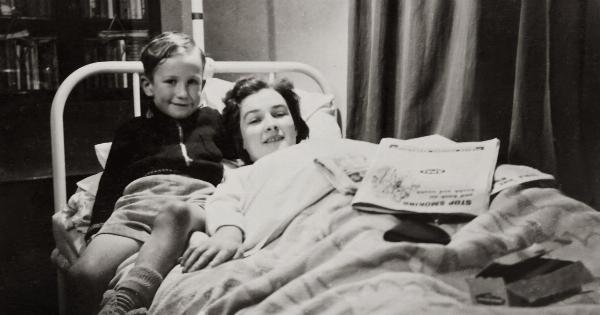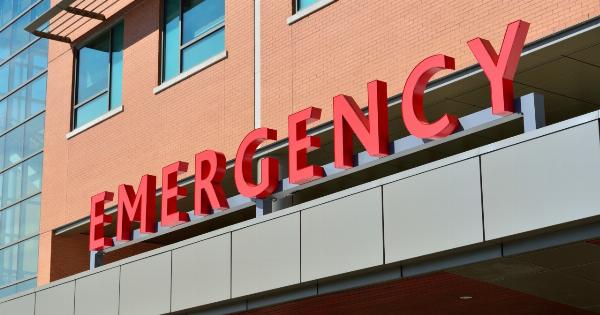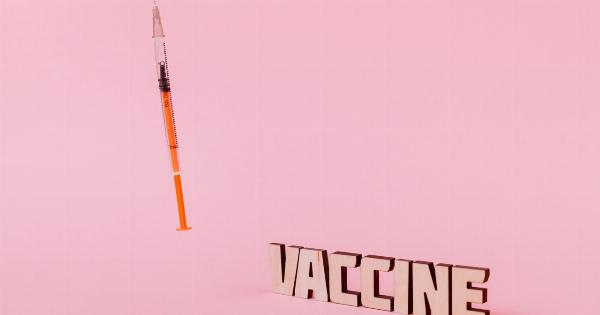Dangerous myopia, also known as high myopia, is a severe form of nearsightedness that can significantly impact an individual’s vision and overall quality of life.
People with dangerous myopia typically have a refractive error greater than -6.00 diopters, which means they can only clearly see objects when they are very close to their eyes.
While myopia is a common eye condition that affects millions of people worldwide, dangerous myopia is characterized by its progressive nature and the potential for vision-related complications.
Unlike mild to moderate myopia, individuals with dangerous myopia have a higher risk of developing eye conditions such as retinal detachment, glaucoma, cataracts, and myopic maculopathy.
The Importance of Insurance Policies
Having insurance policies specifically designed for individuals with dangerous myopia can provide financial security and peace of mind.
These insurance policies help cover various vision-related medical expenses, including regular eye examinations, prescription glasses or contact lenses, surgical interventions, and follow-up treatments.
Without insurance coverage, managing the costs associated with dangerous myopia can be a significant burden for individuals and their families.
By having an insurance policy, individuals can ensure that they receive the necessary eye care and treatment without worrying about exorbitant expenses.
Different Types of Insurance Policies
Insurance providers offer different types of policies to cater to the specific needs of individuals with dangerous myopia.
It’s important to understand the options available and choose a policy that best suits one’s lifestyle and financial circumstances.
1. Vision Insurance
Vision insurance policies typically cover routine eye examinations, prescription glasses or contact lenses, and discounts on other vision-related services.
These policies are ideal for individuals with dangerous myopia who require regular eye care and vision correction.
2. Health Insurance with Vision Coverage
Some health insurance plans include vision coverage as an add-on or as part of the standard package.
This type of insurance policy offers a broader range of coverage, including visits to specialized eye care professionals and surgeries or treatments for vision-related complications.
3. Supplemental Insurance
Supplemental insurance policies provide additional coverage and benefits on top of existing health or vision insurance. These policies can help cover specific procedures or treatments that may not be fully covered by other insurance plans.
Supplemental insurance can be particularly beneficial for individuals with dangerous myopia who require specialized or advanced eye care.
4. Employer-Sponsored Insurance
Many employers offer comprehensive health insurance plans that include vision coverage for their employees.
These plans often provide a range of benefits, including regular eye exams, prescription eyewear, and discounted rates for vision-related procedures. Individuals with dangerous myopia can take advantage of these employer-sponsored policies to reduce their out-of-pocket expenses.
The Benefits of Insurance Policies for Dangerous Myopia
Insurance policies for individuals with dangerous myopia offer several advantages, including:.
1. Financial Protection
By having an insurance policy, individuals can mitigate the financial burden associated with managing dangerous myopia.
Regular eye exams, prescription glasses or contact lenses, and surgical interventions can be costly, but with insurance coverage, these expenses are significantly reduced.
2. Timely Access to Care
Insurance policies ensure that individuals with dangerous myopia can receive timely and appropriate eye care.
With coverage in place, individuals are more likely to seek regular eye examinations and follow-up treatments, which can help prevent or manage potential complications.
3. Flexibility in Choosing Providers
Insurance policies often provide individuals with the freedom to choose their preferred eye care providers.
This means that individuals can select specialists who have expertise in treating dangerous myopia, ensuring that they receive the most appropriate and effective care available.
4. Peace of Mind
Knowing that their vision-related medical expenses are covered by insurance, individuals with dangerous myopia can focus on their overall well-being without worrying about the financial implications of their condition.
This peace of mind is invaluable, allowing individuals to have a better quality of life.
Conclusion
Insurance policies for dangerous myopia play a crucial role in providing financial security and access to comprehensive eye care for individuals with this condition.
Whether it’s through vision insurance, health insurance with vision coverage, supplemental insurance, or employer-sponsored insurance, these policies help cover various vision-related expenses and ease the financial burden associated with managing dangerous myopia. By having appropriate insurance coverage, individuals can prioritize their eye health and receive timely care, leading to better overall vision and improved quality of life.
























